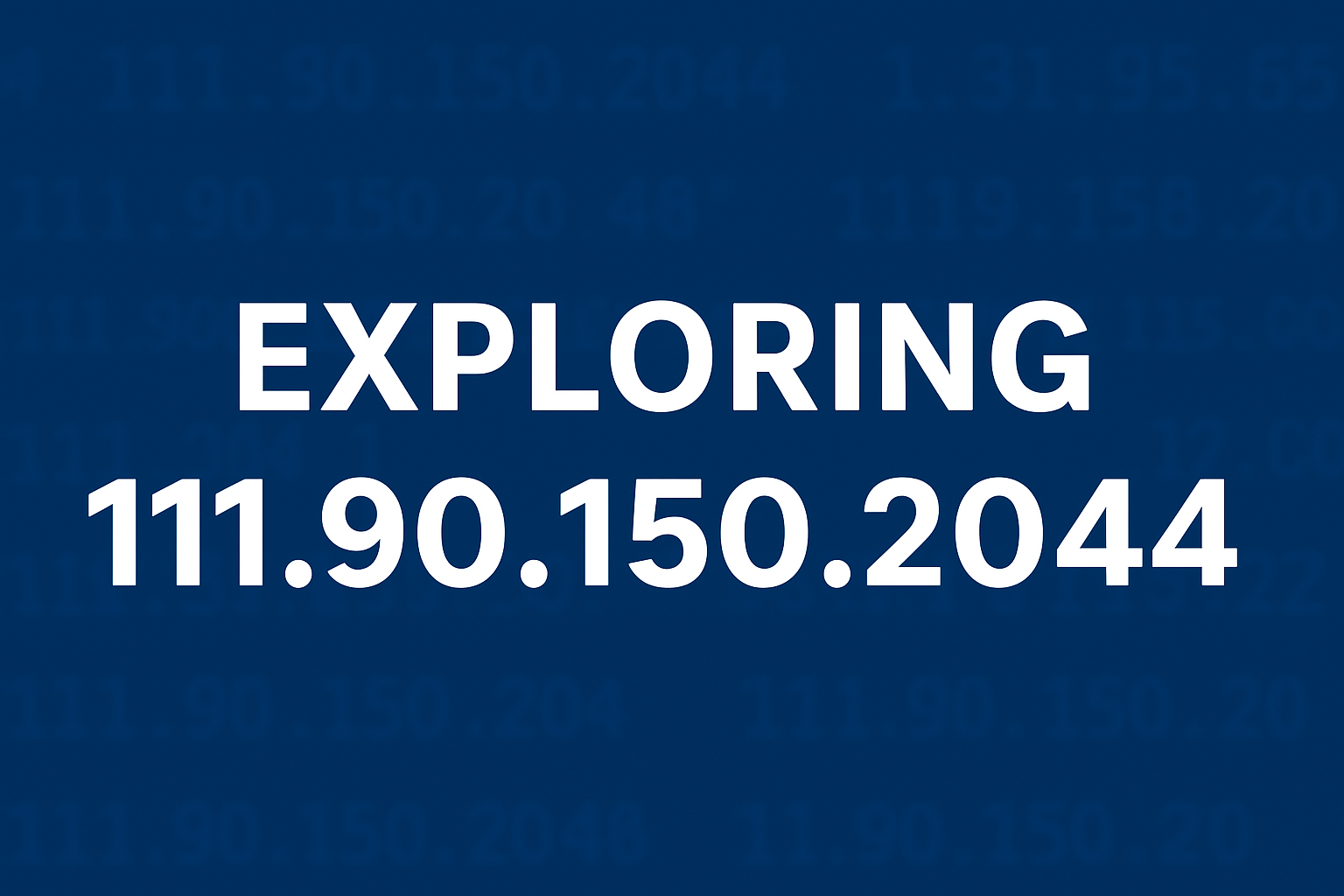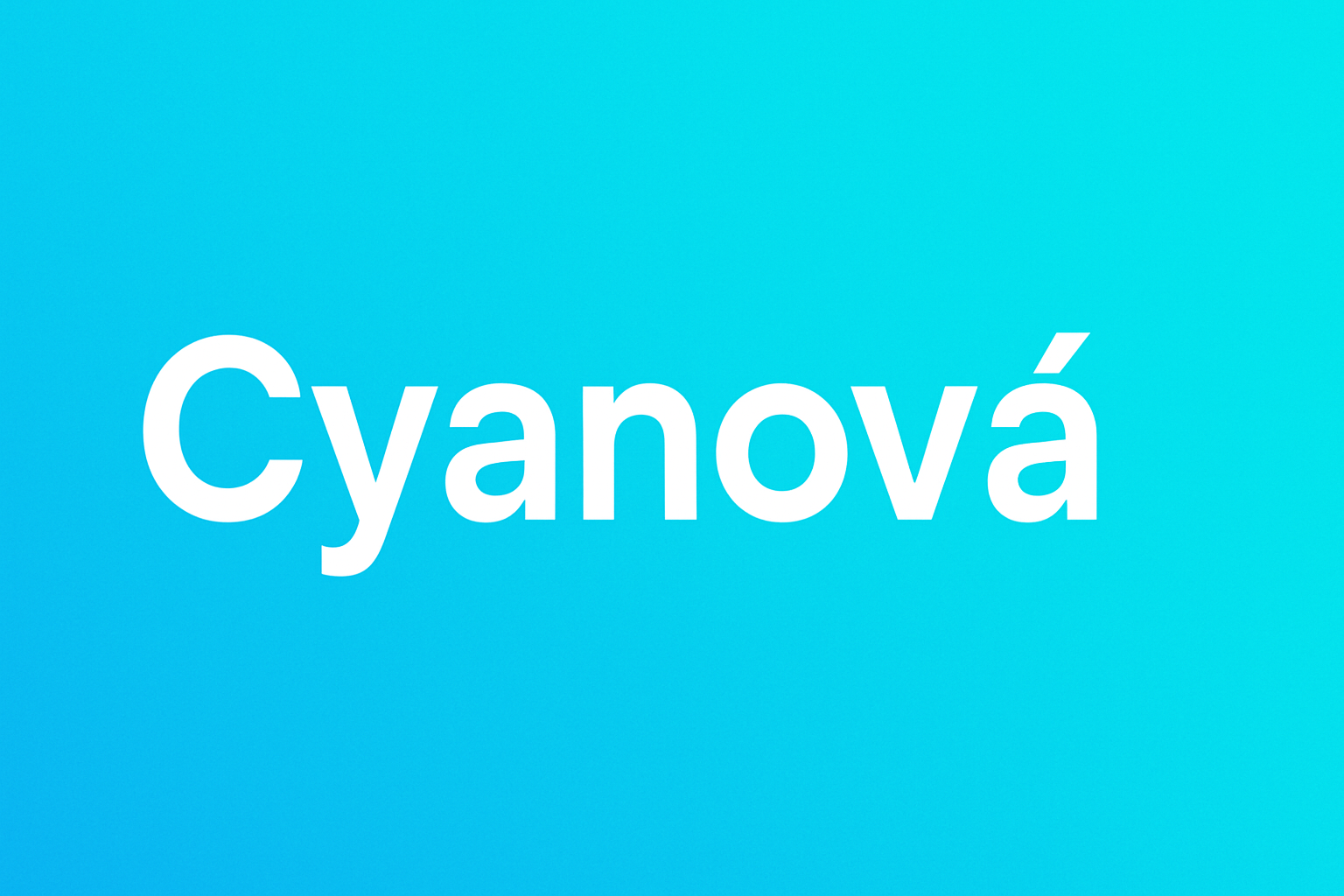Exploring 111.90.150.2044: Meaning, Uses, and Digital Relevance

In the digital era, numbers often carry significant weight, whether they represent IP addresses, server identifiers, or system codes. One such string that often sparks curiosity is 111.90.150.2044. At first glance, it resembles a standard IP address, but on closer inspection, it does not follow the conventional IPv4 or IPv6 formatting. This has left many people wondering about its origin, purpose, and meaning. In this article, we will take a closer look at 111.90.150.2044, its potential interpretations, its presence in digital spaces, and why it continues to draw attention.
What is 111.90.150.2044?
The string 111.90.150.2044 strongly resembles an IPv4 address, but with one noticeable difference: the last segment “2044” goes beyond the valid range of 0–255. Traditional IPv4 addresses always consist of four octets, each ranging between these numbers. Since 2044 exceeds this limit, the format is technically invalid.
This suggests that 111.90.150.2044 might not be a standard IP address at all but rather a different kind of identifier. It could be:
-
A typographical error of a real IP address.
-
A server port notation mistakenly written (e.g.,
111.90.150.20:44). -
A custom system identifier used internally by organizations.
-
A placeholder value used for testing in development environments.
Regardless of its exact role, the curiosity around this sequence demonstrates how closely people pay attention to numbers they encounter online.
Why Does 111.90.150.2044 Appear Online?
You may come across 111.90.150.2044 in logs, configuration files, or even SEO analytics. There are several reasons for this:
-
Server Logs: Administrators often review logs to identify unusual traffic. Sometimes incorrect values like 111.90.150.2044 show up due to input errors or misconfigured scripts.
-
Testing Purposes: Developers occasionally use non-standard IP-like strings for placeholder testing, ensuring their systems can handle unexpected input.
-
Data Entry Errors: A simple typing error could result in an invalid IP like this one appearing in records.
-
Search Engine Curiosity: People often Google unique number sequences to learn more about them, which increases their visibility.
The Importance of Understanding Such Sequences
Although 111.90.150.2044 is not a valid IP, recognizing and investigating unusual sequences is valuable for several reasons:
-
Cybersecurity: Strange or invalid entries in logs could indicate an attempted intrusion or an automated bot scanning your systems.
-
Data Integrity: Detecting invalid inputs helps maintain clean and accurate databases.
-
Troubleshooting: Network administrators must be able to distinguish between valid and invalid values to resolve configuration issues quickly.
By paying attention to details like this, organizations can better protect their systems and users.
Could 111.90.150.2044 Be a Port Reference?
One plausible explanation is that 111.90.150.2044 is actually shorthand for an IP address with a port number. In networking, a colon (:) separates the address and port. For example:
-
Correct format:
111.90.150.20:44 -
Mistyped format:
111.90.150.2044
If that is the case, the IP address would be 111.90.150.20, and the port would be 44. Ports identify specific services on a server, such as web hosting, email, or database management. Port 44 itself is rarely used, but it can be configured for custom services. This explanation shows how a small formatting issue can create confusion.
Security Considerations with 111.90.150.2044
Whether or not 111.90.150.2044 is valid, it’s important to approach such unknown addresses carefully. Here are a few best practices:
-
Do Not Click Unknown Links: If the sequence appears as part of a web address, avoid opening it without verification.
-
Monitor Logs Regularly: If you notice recurring patterns involving this sequence, investigate potential system misconfigurations.
-
Run Security Scans: Use antivirus and server security tools to rule out suspicious activity.
-
Consult IT Experts: If you are unsure of its meaning in your infrastructure, get advice from professionals.
Caution is always better than assuming a number string is harmless.
How to Investigate 111.90.150.2044
If you want to analyze 111.90.150.2044, there are a few steps you can take:
-
Check Variations: Try separating it into possible valid IP and port combinations.
-
Look Up Server History: Use online IP lookup tools on potential real addresses such as
111.90.150.20. -
Examine System Sources: Identify where this string first appeared in your logs or files.
-
Verify with Hosting Providers: If you suspect it relates to your server, confirm with your hosting company.
This methodical approach ensures you don’t overlook a potential security issue.
Common Misunderstandings About 111.90.150.2044
Because of its format, many users misinterpret 111.90.150.2044. Some common misunderstandings include:
-
Believing it is a malicious IP: While it could be associated with suspicious entries, on its own it is simply an invalid format.
-
Assuming it is a hidden code: More likely, it is a typo or placeholder rather than a secret code.
-
Thinking it is an IPv6 address: IPv6 uses hexadecimal and colons, not purely decimal digits separated by dots.
Clearing up these misconceptions helps people focus on real network concerns rather than phantom issues.
Why Keywords Like 111.90.150.2044 Attract Attention
From an SEO perspective, unusual numeric sequences like 111.90.150.2044 often generate interest. People who encounter it search for explanations, which drives demand for articles explaining its background. Website owners, bloggers, and IT professionals may write about it to capture search traffic and provide useful clarifications.
This is a reminder that in digital spaces, even a small error or typo can become a searchable term, influencing how people interact with online content.
Read also: Cyroket2585 Release Date: Everything You Need to Know
Conclusion
The string 111.90.150.2044 may look like an IP address, but technically it is not valid under IPv4 standards. Instead, it is more likely a typographical error, a port-based variation, or a placeholder used in testing environments. While it may not represent a functional address on its own, its presence in system logs or online searches sparks curiosity and sometimes confusion.
Understanding why such sequences appear, how to analyze them, and how to stay cautious around them is essential for maintaining digital awareness and cybersecurity. Whether you encounter 111.90.150.2044 in a log file, a document, or a search result, treat it as a reminder of how precise digital formats must be and how even a small deviation can create intrigue.



